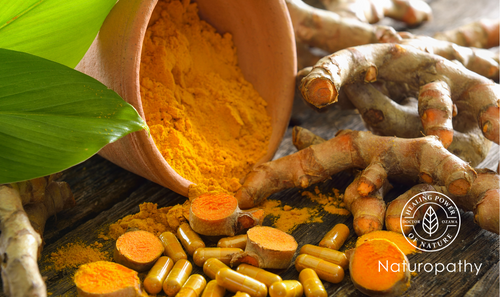How to Maximize The Benefits of Turmeric
How to maximize the benefits of turmeric
Turmeric is one of the most well-known spices in the world. Turmeric is widely recognized as healthy food, but it is also the spice that gives curry its yellow color that everyone loves so much. In the US, blended curry powder is used, but each household mixes its spices to make its original curry in India.
It originated, of course, in India, the home of curry and South Asia. Today, it is grown everywhere from India to Japan.
Health benefits of turmeric

In Ayurveda, the traditional medicine of India, turmeric has long been used to treat liver disorders, jaundice, dermatitis, asthma, bronchitis, infections, and pain in muscles, joints, and other parts of the body.
Turmeric Mechanism of Action
Turmeric has two main functions: one is detoxification of the liver, and the other is to reduce inflammation.
In addition, turmeric also boosts the immune system by enhancing the function of natural killer cells and the phagocytosis of white blood cells.
Turmeric decreases the coagulation of platelets, thinning the blood.
Applying turmeric directly to the skin is effective against bacterial and fungal infections. Still, it should be used cautiously because it will leave the skin with an intense yellow stain, and the color will not come off once it gets on clothing.
Turmeric and Liver Detoxification
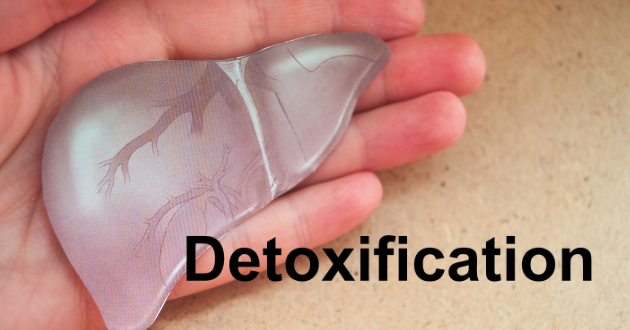
Turmeric has antioxidant activities that protect the body from free radicals and oxidation. Specifically, turmeric has a powerful antioxidant effect on the liver. The liver is an organ that constantly detoxifies foreign substances from outside the body and toxins generated in the body. During this detoxification process, a large number of free radicals are generated. If these free radicals are untreated, the body is gradually damaged. In the liver, it can progress to hepatitis, cirrhosis, and liver cancer. Turmeric reduces damage from free radicals and supports the liver's detoxification function. Turmeric also improves jaundice, lowers cholesterol, and promotes detoxification by stimulating the production and secretion of bile, which is manufactured in the liver.
Turmeric and Inflammation
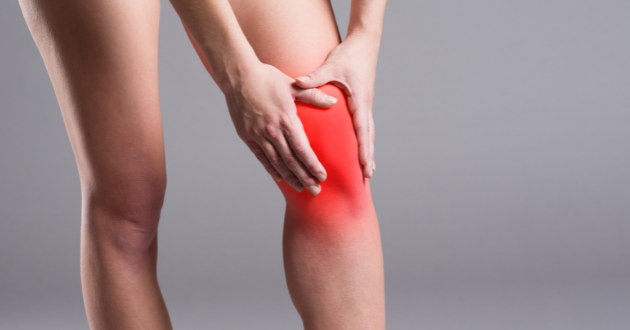
Turmeric reduces inflammation and reduces pain, and swelling. Turmeric reduces inflammation by blocking the release of inflammatory substances and increasing the activity of enzymes with antioxidant properties, such as superoxide dismutase, catalase, and glutathione peroxidase. These anti-inflammatory effects are primarily mediated by a compound called curcumin. Studies have shown that taking 1000 mg of curcumin daily effectively reduces excessive inflammation.
Besides curcumin, turmeric contains turmerone, curdione, germacrone, bisacurone, calebin A, turmerin, and beta-elemene, which have anti-inflammatory effects, and synergistic effects of these ingredients reduce inflammation in synergistic.
Curcumin, the active ingredient of turmeric
Although turmeric is highly effective, it was not studied well until the 1970s. As research progressed, the benefits that had been taught in traditional medicine were proven. Scientists discovered that the strongest medicinal component of turmeric is curcumin.
Since curcumin was discovered, various studies have shown that curcumin has a very poor absorption rate. Therefore, many methods were tried to increase the absorption rate. This is a correct pharmacological approach, but it is not always right in herbal medicine studies.
This is because curcumin is not the only ingredient of turmeric, but other unique resins, polysaccharides, proteins, and volatile oils act synergistically to achieve an overall benefit.
Furthermore, it has recently begun to be understood that curcumin not only works on parts of the body but works within the gut to support the body's entire function. On the other hand, it has become clear that if curcumin's absorption is enhanced, it is absorbed before it reaches the gut, reducing its beneficial effects on the gut and curcumin.
The function of turmeric in the Gut
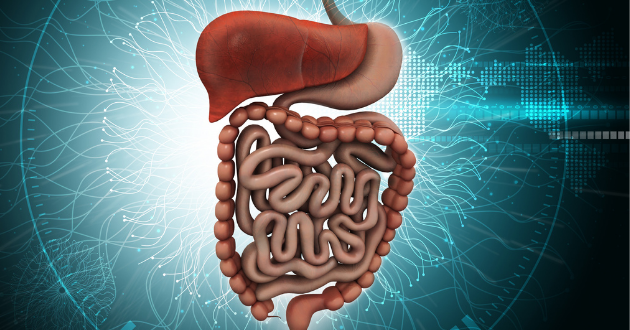
Our gut is home to a wide variety and abundance of bacteria. These bacteria are influencing our health and decision-making. Bifidobacteria and lactobacilli are well-known representatives of bacteria that have a positive impact on health. Turmeric helps to increase bifidobacteria and lactobacilli in the gut.
Some bacteria living in our intestines release toxins called endotoxins, lipopolysaccharides. These endotoxins and lipopolysaccharides have a variety of adverse effects. One of the most negative impacts is that they stimulate immune cells and induce an inflammatory reaction. Curcumin, and other substances found in turmeric, have been shown to reduce these endotoxins, lipopolysaccharides. Turmeric blocks the binding of lipopolysaccharide to immune cells. In addition, turmeric strengthens cell-to-cell bonds in the intestinal tract, preventing the absorption of endotoxins.
Through these comprehensive functions, turmeric maintains an optimal intestinal environment and an optimal inflammatory balance. When considering the benefits of turmeric, curcumin is undoubtedly the most crucial active ingredient. Still, it is a mistake to focus only on curcumin alone and its absorption, and it is essential to include all elements of turmeric.
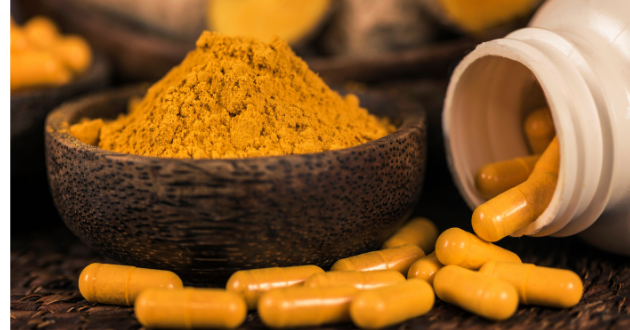
So, to get all the elements, why not just take natural turmeric powder? The curcumin concentration is very variable, and dried turmeric powder contains only 3% of curcumin, so if you want the best results, you have to take a large amount of turmeric as the people of India do traditionally. At this point, the most effective way is to take a supplement containing all the turmeric components in an optimal ratio in a well-balanced form.
Common turmeric supplements are high in iron; there is a risk of iron overdose if you try to take large amounts of curcumin. So be sure to choose a supplement with minimum iron content.
References:
Int. Journal Biochem Cell Biology (2009): 40-59. Biol. Pharm (2005): 1438-1443. Pharmacological Reviews (2014):222-307. Oncogene (2004): 9247-9258. Journal of Biological Chemistry (2005): 9409-9416. Phytotherapy Research (2017). Journal of Medicinal Food (2017): 1022-1030. Journal of Medicine Food (2016): 717-729. Intl Journal of Molecular Sciences (2019), 20, 1912.
* These statements have not been evaluated by the Food and Drug Administration. This product is not intended to diagnose, treat, cure, or prevent any disease.

 US Dollar
US Dollar
